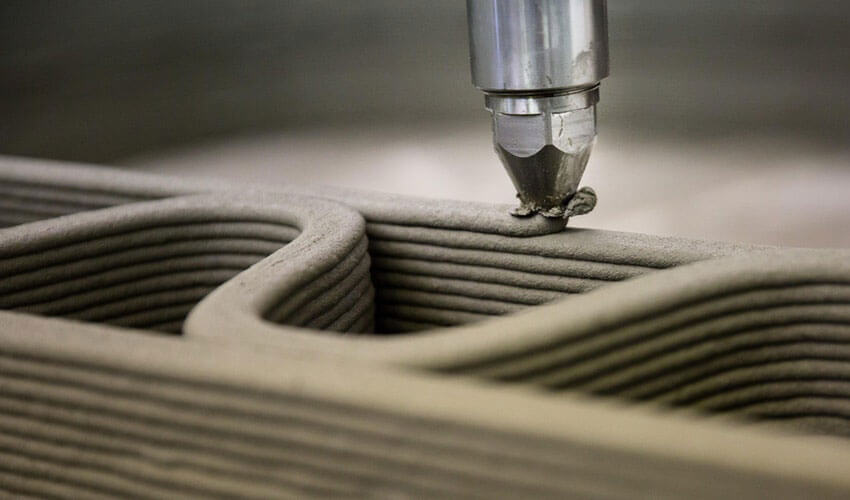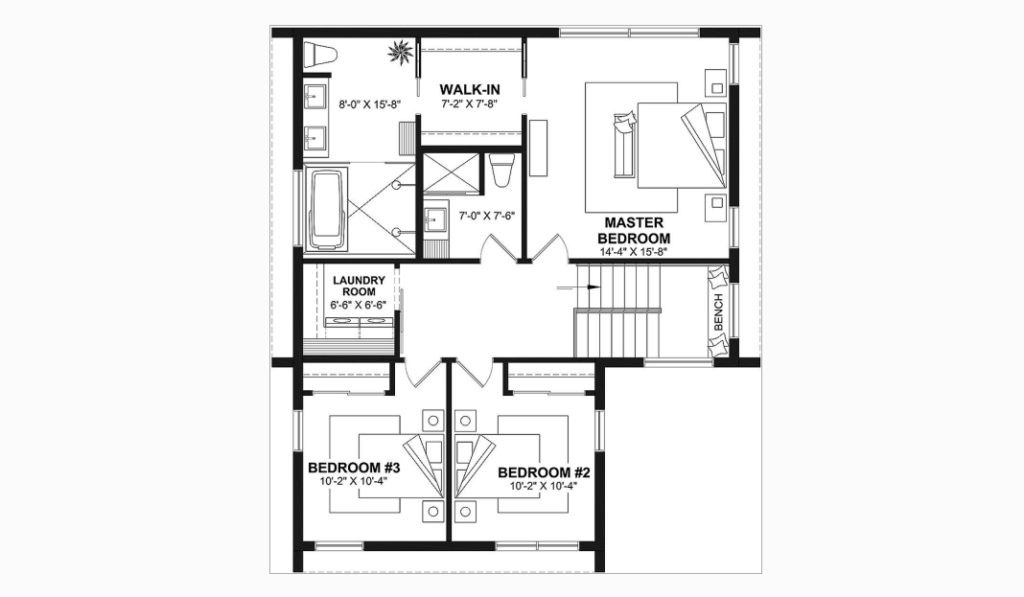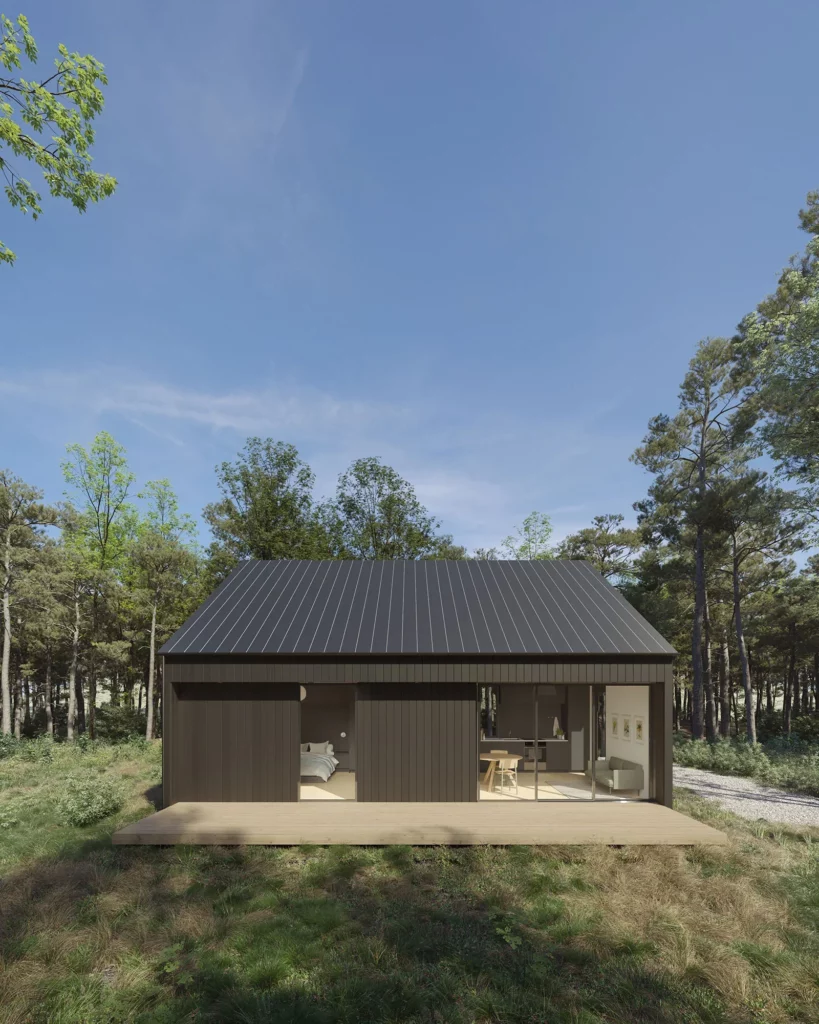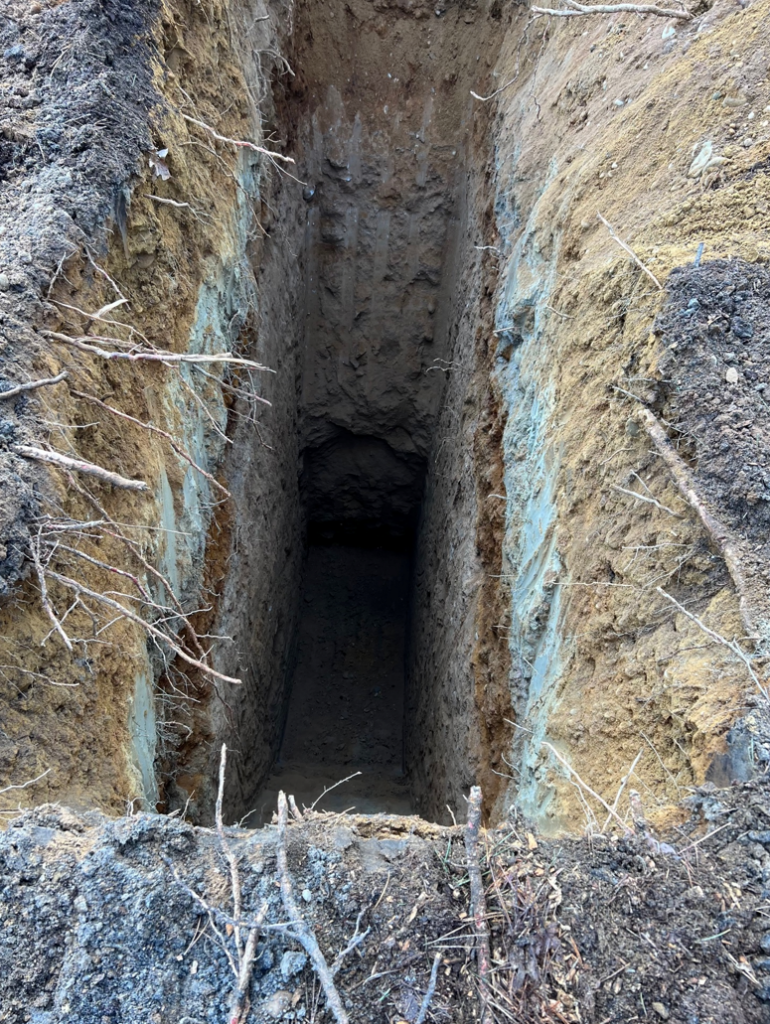Civil Engineering
Civil Engineering Technology: Future Outlook in Residential & Commercial Construction
As the construction industry evolves, civil engineering technology remains pivotal in shaping both residential and commercial construction. Advancements help construction companies plan projects, improve safety, and enhance communication among teams—which in turn allows civil engineers to carry out more efficient, cost-effective, and sustainable projects. Trends in Civil Engineering Technology Today, civil engineers harness advanced technologies…
Read MoreResidential Civil Engineering Implications on Accessory Dwelling Units (ADUs)
Accessory Dwelling Units (ADUs) have begun to take the residential construction world by storm, providing flexible living options that cater to a variety of needs. When it comes to ADU design and construction, education on local regulations and civil engineering implications is key to beginning the journey. What is an Accessory Dwelling Unit (ADU)? ADUs…
Read MoreWhat is Stormwater Management and Why is it Important?
Stormwater management is a crucial practice designed to handle excess runoff from rain and melting snow that flows over streets, parking lots, roofs, and other impermeable surfaces. Without proper management, this runoff can overwhelm storm drains, pollute waters, and cause erosion and flooding. Effective stormwater design protects our environment by reducing the spread of pollutants…
Read MoreBedroom Counting for Septic System Sizing
Wastewater management is a crucial aspect of residential construction that architects, builders, and homeowners must consider when planning a new build or renovation on Long Island. Due to the limited availability of municipal sewer systems in Suffolk County, particularly on the East End and in the Hamptons, onsite sewage disposal systems (i.e., septic systems) must…
Read MoreSeptic Implications of ADU’s in Suffolk County
Navigating the approval process with the Suffolk County Health Department (SCDHS) can be complex, especially when considering the addition of an accessory apartment or accessory dwelling unit (ADU). To simplify the process, here is a breakdown of the septic implications of various accessory apartment addition/conversion scenarios. Our goal is to provide clarity on when a…
Read MoreDeep Excavations – Impact of Poor Draining Soils on Long Island Septic Design (I/A-OWTS)
Long Island is home to some of the most impressively designed buildings on the east coast, but not all land beneath them is created equal. Imagine this: a breathtaking coastal property in East Hampton or Montauk is purchased and the owner wishes to develop it. They think “no problem, there has to be 80 feet…
Read MoreLong Island Septic Systems – Shift to I/A-OWTS
Much of Long Island, especially Suffolk County, uses septic systems because the area is relatively rural and has a low population density. Septic systems are typically used in areas where there is no access to a central sewer system. They are a cost-effective and efficient way to treat and dispose of wastewater for individual homes…
Read More





